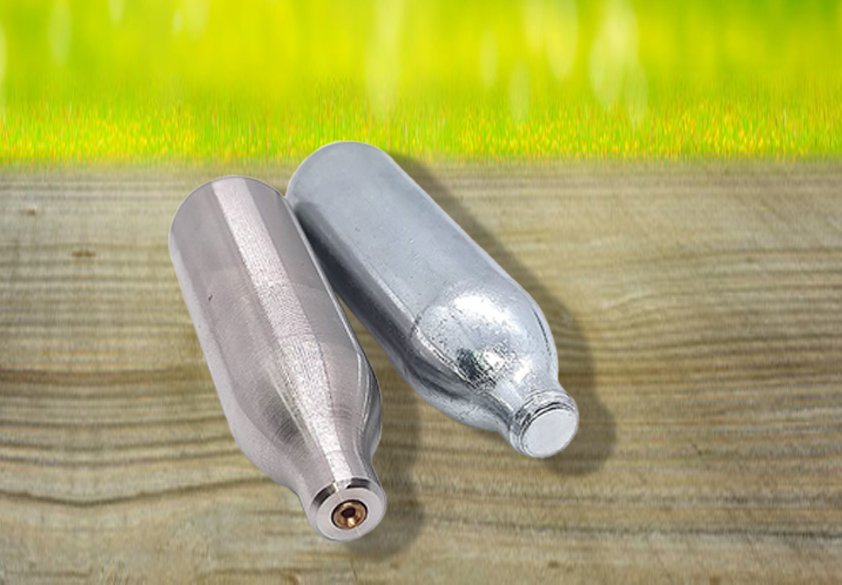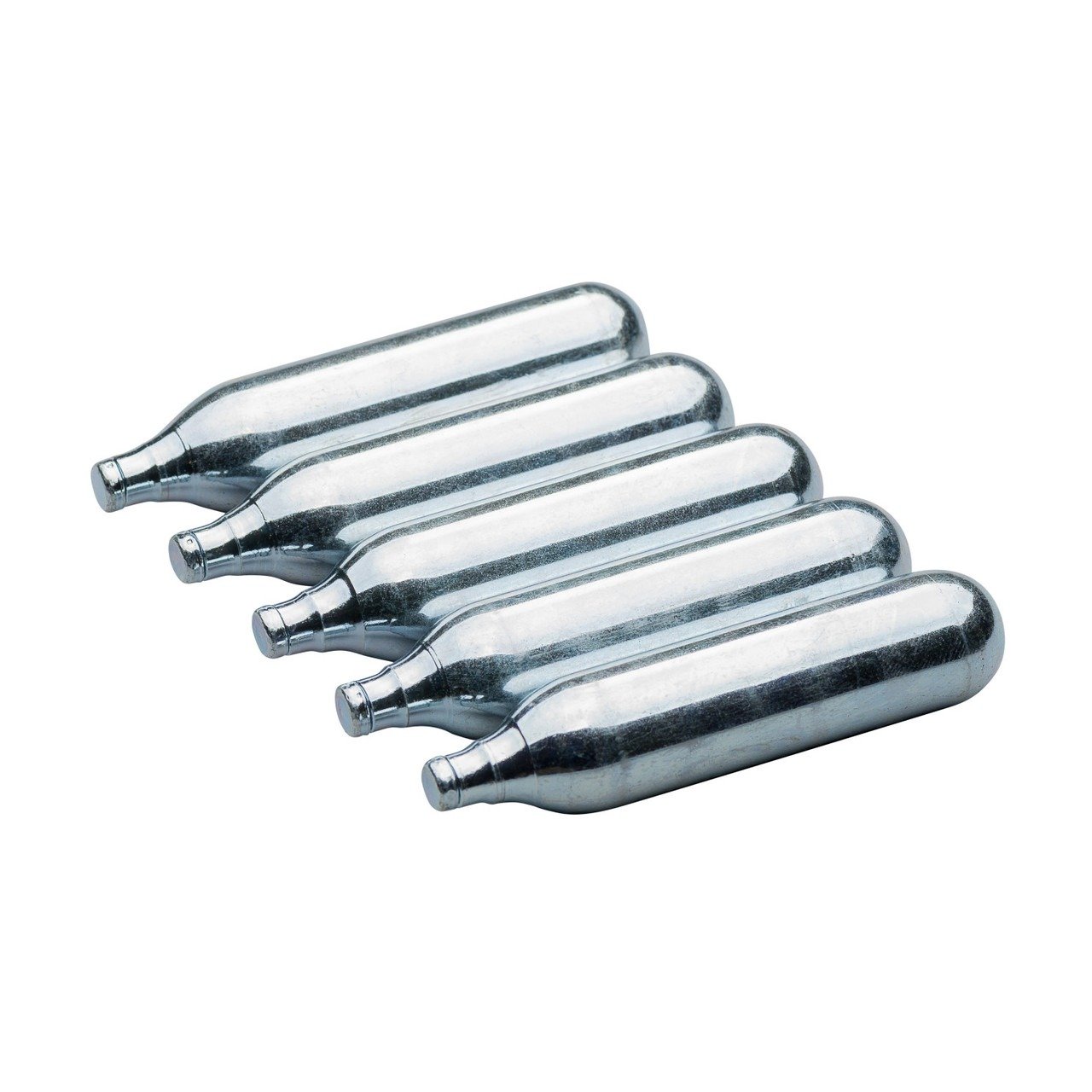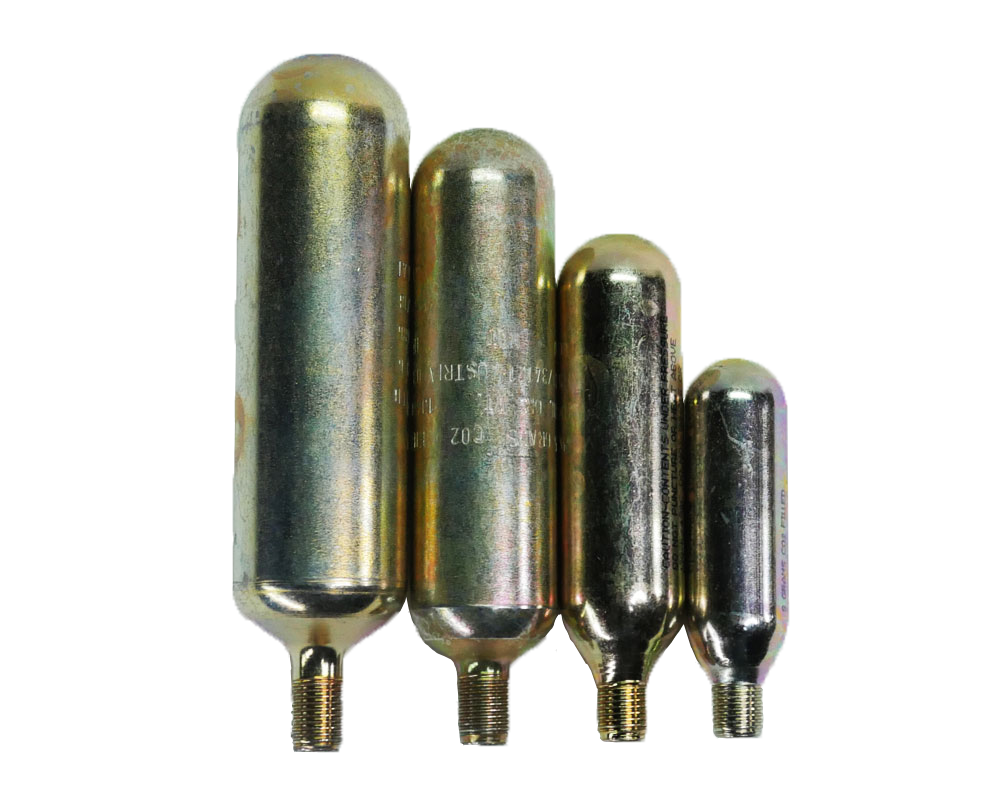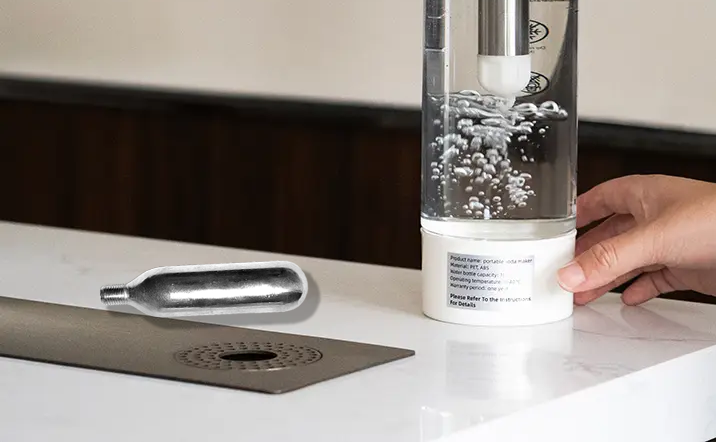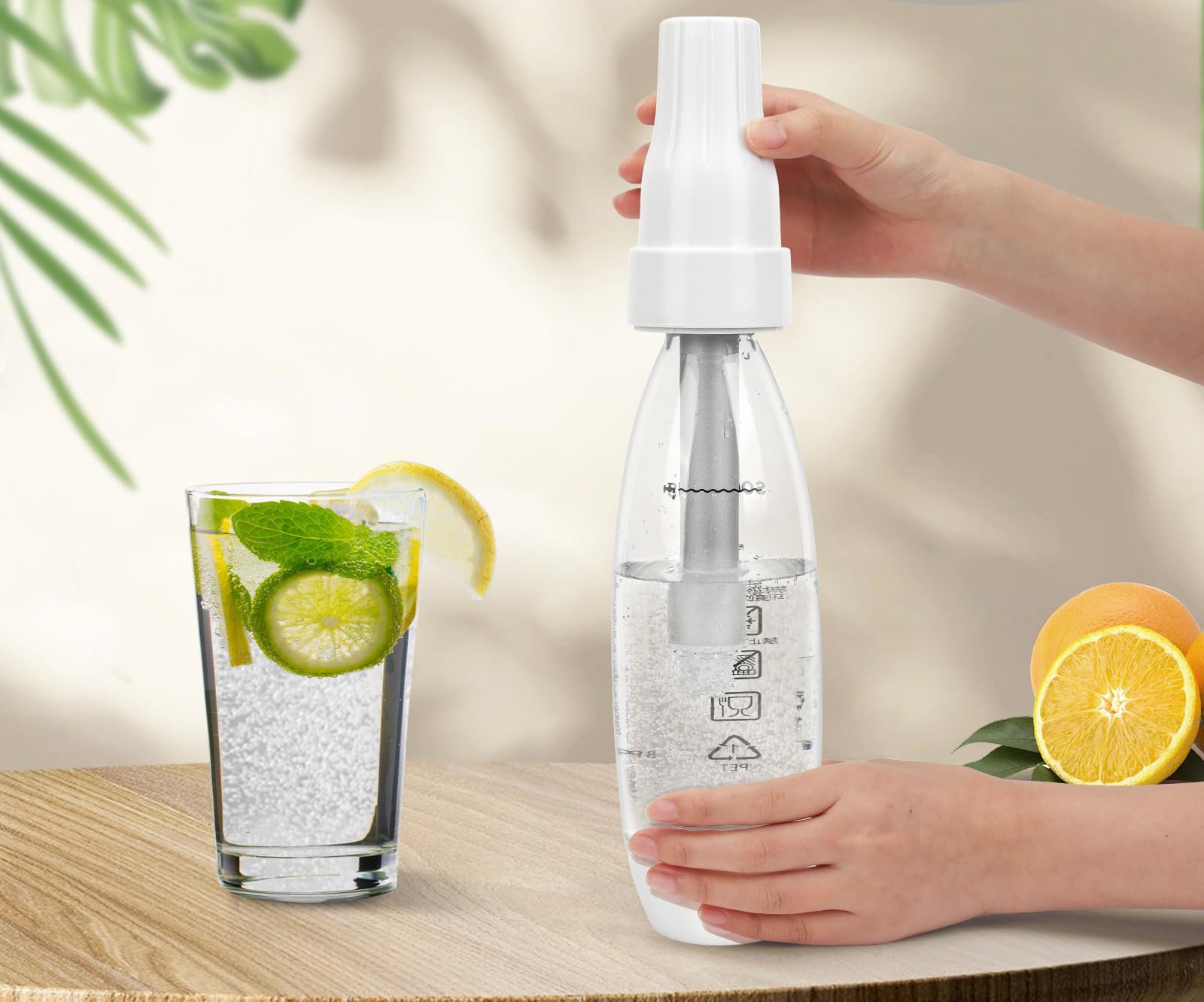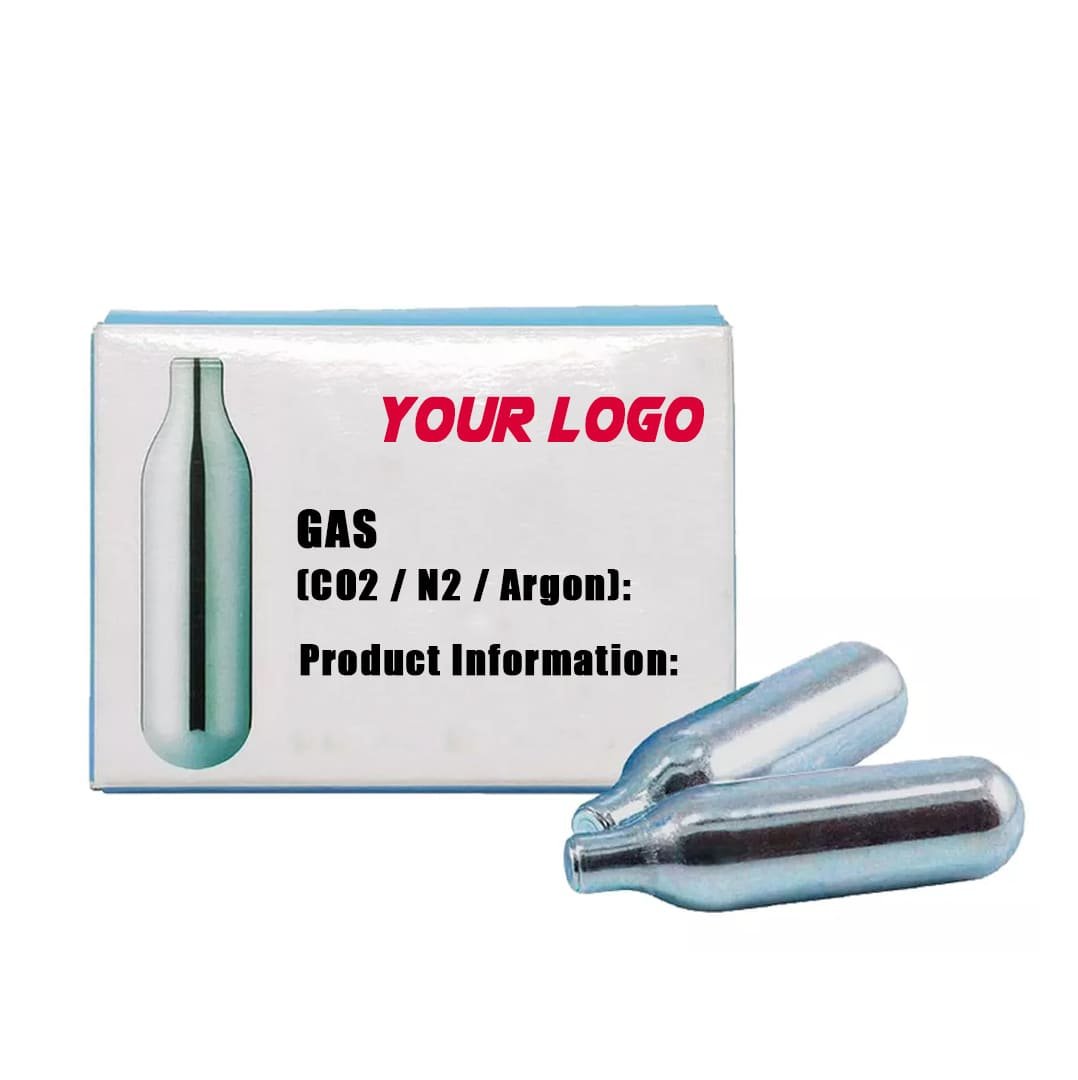You’ve probably had that moment: a flat tire in the middle of nowhere, no pump in sight, and a ride still ahead of you. In that panic, a small CO2 cartridge can be a lifesaver — but only if it’s the right size.
For most emergency bike inflation needs, 16g and 20g CO2 cartridges are ideal. 16g is perfect for road bike tires, inflating up to 100 psi. For mountain bikes or gravel tires, 20g provides better volume and pressure reliability. Choosing the right size ensures you’re back on the road fast, without over- or under-inflation.

But picking the right size isn’t just about grams. It’s about your bike type, tire volume, and how much convenience or backup you want. Let’s break it down.
Why 16g is the go-to choice for road cyclists?
16g CO2 cartridges are the most popular among road cyclists. They are lightweight, compact, and inflate a 700x23c tire to ~100 psi in seconds. For casual rides or competitive events, it’s the easiest to carry and gets the job done quickly.
But if you’re riding a bike with wider tires or planning for rough terrain, it might fall short. A 16g might only inflate a 29” MTB tire to around 30-40 psi — enough to get home, but not optimal.
I usually carry our 16g CO2 cartridges when riding, which you can find in the bicycle section of our product line. They’re lightweight and fit most inflators.
Is 20g CO2 better for mountain or gravel biking?
If you’re riding larger tires or regularly encounter tough trails, 20g is a better bet. It offers more gas volume and can inflate a 29×2.2 tire to ~40+ psi. For riders who need reliability in unpredictable conditions, 20g adds peace of mind.
It’s slightly heavier and takes up more room, but many riders agree it’s worth the tradeoff for the extra pressure and coverage.
What if you want extra backup – is 25g overkill?
Not at all. 25g CO2 cartridges are perfect for:
- Touring cyclists with panniers
- Riders running tubeless setups who might need to reseat beads
- Anyone inflating multiple tires on the go
They offer high volume in a single canister, so you don’t need to carry two 16g cartridges. But they do require inflators that can handle higher flow, and they weigh more.
And what about 38g CO2 cartridges – too much or just right?
The 38g CO2 cartridge is for special use cases. Think fat bike riders, long-distance tourers, or adventure racers who need serious inflation volume. A 38g can fill a 4.8” fat bike tire or two standard MTB tires easily.
It’s not the most compact or lightest option, but if you’re venturing far from civilization, carrying one might be smarter than packing three smaller ones.
It’s also popular outside of cycling — in tools like CO2-powered drain guns or mechanical actuators, where high gas volume matters more than portability.
If you’re still unsure about matching cartridge size to your tire, this Lezyne size chart is a pretty handy reference I’ve used before.
Comparing CO2 Cartridge Sizes
Here’s a quick comparison table of the most common CO2 sizes used in emergency bike inflation:
| Cartridge Size | Approx. Weight | Typical Use Case | Tire Types | Inflates To (Approx.) |
|---|---|---|---|---|
| 16g | ~54g | Road cycling, compact carry | 700x23c | ~100 psi |
| 20g | ~73g | MTB, gravel, touring | 29×2.2 | ~40+ psi |
| 25g | ~125g | Long rides, tubeless setup, spares | Multiple tires/MTB+ | 2x road tires or 1 MTB |
| 38g | ~138g+ | Fat bikes, expeditions, tools | 4.8″ fat tire, 2x MTB | High volume |
This breakdown makes it easier to plan what to pack based on your tire type and route.
How many should you carry?
From my experience and what our distributors tell me, here’s a basic recommendation to help your buyers or customers plan inventory and personal use:
- Road cyclists: 2 x 16g (for redundancy)
- MTB riders: 1 x 20g or 2 x 16g
- Tourers: 1 x 25g, plus backup
- Expedition riders: 1 x 38g or multiple 20g/25g
If you’re a distributor, this can guide how you build your product portfolio for different segments. Offering bundles by use case is something our clients find useful — and we can help you customize that.
Conclusion
- Road bikes: 16g is usually enough
- Mountain/gravel bikes: go with 20g
- Touring/racing/fat bikes: 25g or 38g depending on need
Right size = less stress. Pack smart, ride free.

